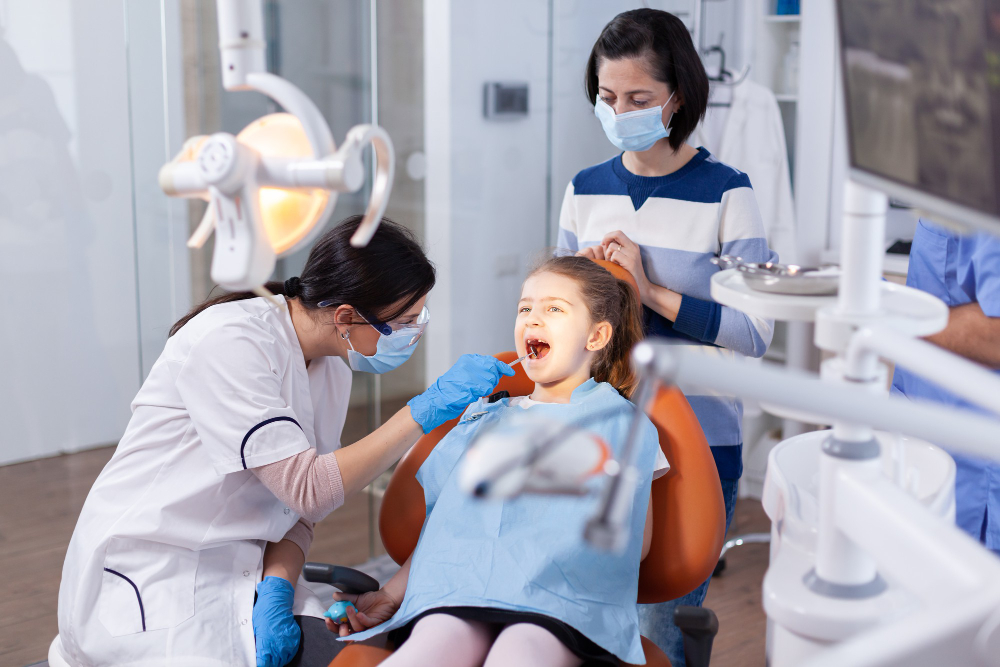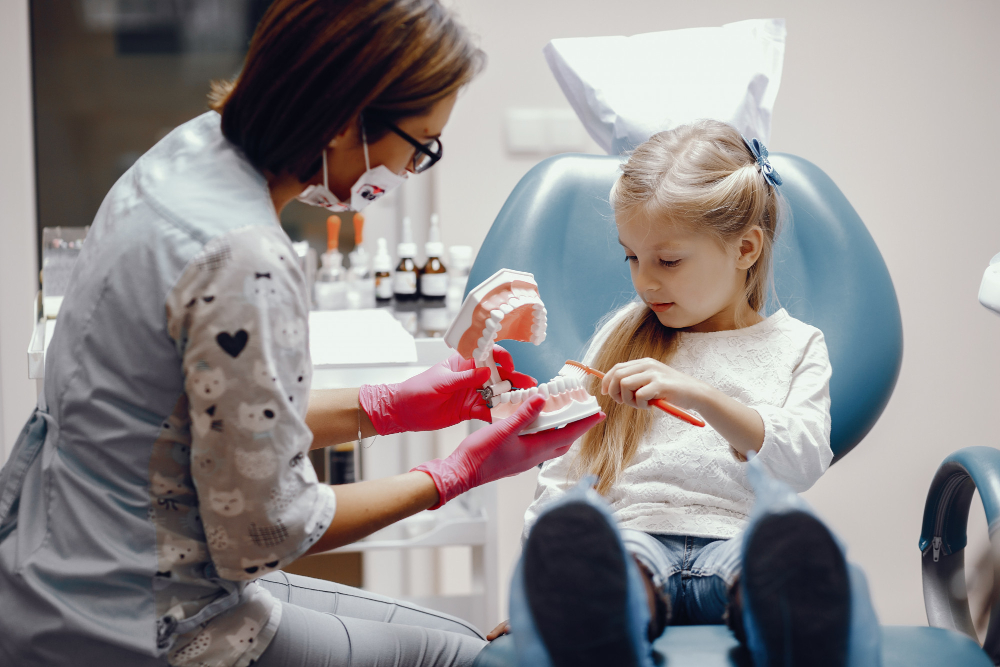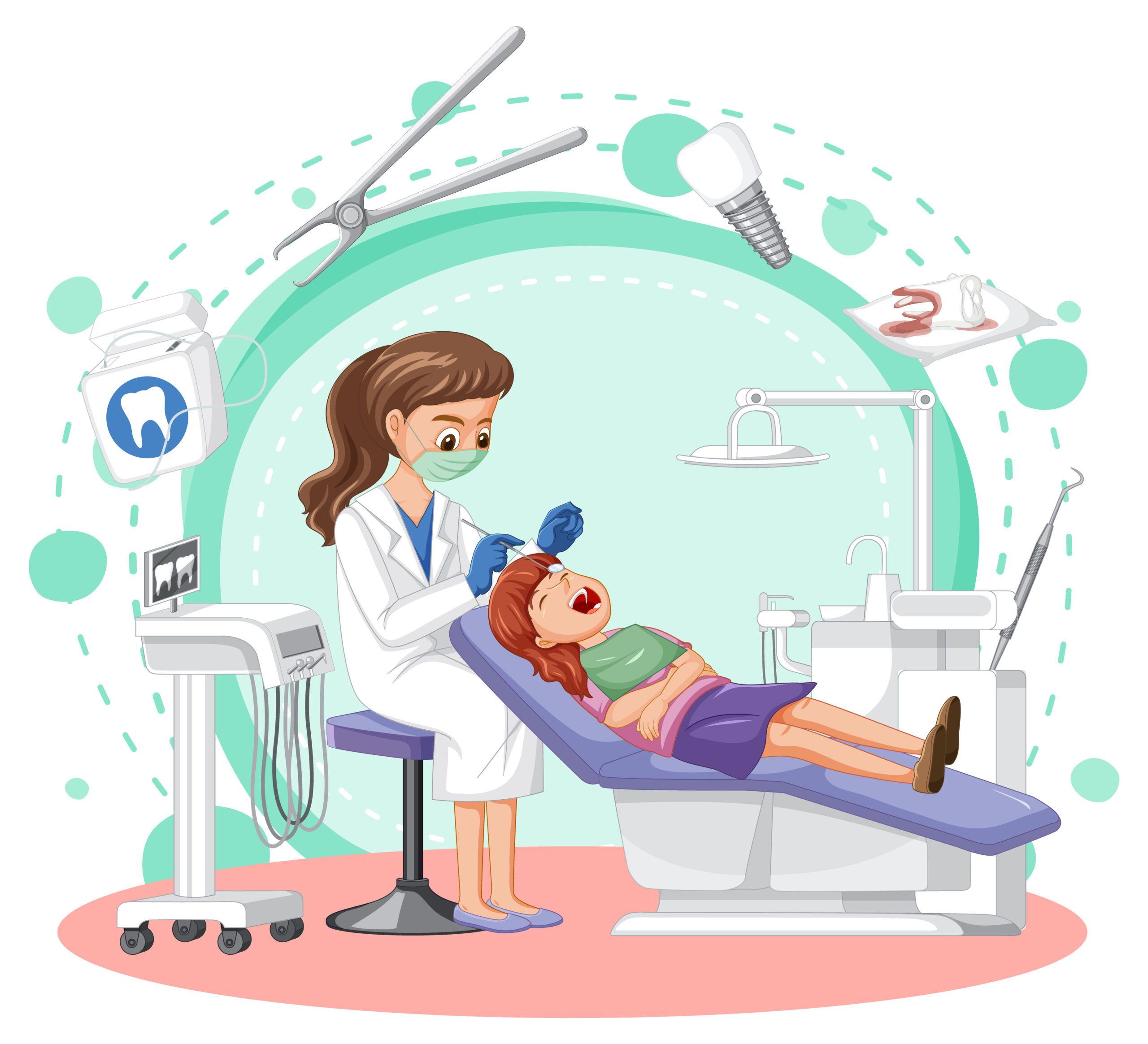The Impact of Technology on Dental Care
- 1 Importance of Paediatric Dentistry
- 1.1 Early Intervention:
- 1.2 Education and Prevention:
- 1.3 Behavior Management:
- 1.4 Orthodontic Guidance:
- 1.5 Preventing Oral Diseases:
- 2 The Role of Technology in Paediatric Dentistry
- 2.1 Technology in Orthodontics: The Orthodontist Approach
- 2.2 Sleep Apnea Specialist and Technological Innovations
- 2.3 Wisdom Teeth Removal: A Technological Approach
- 3 Conclusion
Dental care plays a pivotal role in our overall health and well-being. As technological advancements continue to reshape various industries, dentistry is no exception. The impact of technology on dental care has been profound, revolutionizing the way oral health is diagnosed, treated, and maintained. In this blog post, we will explore the transformative role of technology in different aspects of dental care, ranging from pediatric dentistry to orthodontics, sleep apnea treatment, and wisdom teeth removal.
Importance of Paediatric Dentistry
Early Intervention:
One of the primary benefits of paediatric dentistry lies in early intervention. Children’s dental issues often begin to manifest at an early age, and timely identification and treatment are crucial for preventing more significant problems in the future. Paediatric dentists are trained to detect and address dental issues in their early stages, preventing the progression of diseases and minimizing the need for more invasive treatments.
Education and Prevention:
Paediatric dentists not only treat existing dental problems but also focus on educating both parents and children about the importance of preventive care. Teaching proper oral hygiene practices, including brushing, flossing, and a balanced diet, sets the stage for a lifetime of healthy habits. By instilling these practices early on, paediatric dentists empower children to take responsibility for their oral health and reduce the risk of developing dental issues.
Behavior Management:
Children may exhibit anxiety or fear when it comes to dental visits, which can be a barrier to receiving proper care. Paediatric dentists are specially trained in behavior management techniques to create a positive and comfortable environment for young patients. Establishing trust and rapport with children is essential in ensuring that they feel at ease during dental appointments, making future visits more likely to be stress-free.
Orthodontic Guidance:
Paediatric dentistry also plays a crucial role in monitoring the growth and development of the teeth and jaws. Identifying orthodontic issues early on allows for timely intervention. Paediatric dentists can guide orthodontic treatments when necessary, preventing more complex problems and reducing the need for extensive orthodontic procedures later in life.
Preventing Oral Diseases:
Childhood is a critical period for the development of oral habits and the establishment of a healthy oral environment. Paediatric dentists work towards preventing common childhood oral diseases, such as cavities and gum disease, by promoting regular check-ups, fluoride treatments, and dental sealants. These preventive measures contribute to the overall reduction of oral health problems throughout a child’s life.
Paediatric dentistry plays a vital role in ensuring the oral health and well-being of children. By focusing on early intervention, education, behavior management, orthodontic guidance, and disease prevention, paediatric dentists contribute significantly to laying the groundwork for a lifetime of healthy smiles. Investing in paediatric dentistry not only addresses immediate dental concerns but also promotes the long-term health and happiness of the younger generation, fostering a positive attitude towards dental care that lasts a lifetime.
The Role of Technology in Paediatric Dentistry
Early dental care is crucial for children to establish a solid foundation for their oral health. Technology has played a significant role in enhancing the dental experience for young ones. One notable advancement is the development of sophisticated diagnostic tools and equipment that enable Paediatric dentists to identify potential issues at an early stage. Digital imaging, for instance, has revolutionized X-ray procedures, allowing for faster, safer, and more accurate results. Moreover, interactive educational tools and child-friendly dental instruments have made dental visits less intimidating, encouraging parents to prioritize their children’s dental health from an early age.
Technology in Orthodontics: The Orthodontist Approach
Orthodontist Grantham aims to correct the misaligned teeth and jaw irregularities, improving both aesthetics and functionality. Technological innovations have tremendously impacted orthodontics, making treatment more comfortable, discreet, and efficient. The advent of clear aligners, such as Invisalign, has revolutionized the orthodontic landscape, offering an alternative to traditional braces. These aligners are custom-made using advanced 3D digital scanning technology, providing patients with a virtually invisible option for teeth straightening. Furthermore, digital scanners have replaced traditional impressions, allowing for quicker and more accurate treatment planning, and ultimately offering patients better orthodontic outcomes.
Sleep Apnea Specialist and Technological Innovations
Sleep apnea, a potentially serious sleep disorder, affects oral health in numerous ways. Technological innovations have played a vital role in diagnosing and managing this condition effectively. With the advancement of home sleep testing devices, individuals can now undergo sleep apnea assessments in the comfort of their own homes, saving time and reducing costs. Furthermore, continuous positive airway pressure (CPAP) machines, coupled with advanced mask designs, have become more user-friendly, ensuring patients adhere to their prescribed treatments. By leveraging technology, sleep apnea specialist empowers patients to improve their quality of sleep and overall oral health.
Wisdom Teeth Removal: A Technological Approach
Wisdom teeth, or third molars, often cause issues such as pain, infection, and crowding of surrounding teeth. Technological advancements have revolutionized the approach to wisdom teeth removal, making the procedure safer and more efficient. Modern imaging techniques, like cone-beam computed tomography (CBCT), provide detailed 3D images of the mouth, allowing for precise planning and reducing the risk of complications during surgery. Additionally, the utilization of lasers and minimally invasive techniques has resulted in quicker recovery times and reduced post-operative discomfort. By showcasing the benefits of technology-driven wisdom teeth removal, patients are empowered to make informed decisions about their oral health.
Conclusion
The impact of technology on dental care has been transformative, revolutionizing the field in many ways. From pediatric dentistry to orthodontics, sleep apnea treatment, and wisdom teeth removal, technological advancements continue to enhance patient experiences, improve treatment outcomes, and promote better oral health. As individuals, we must prioritize our oral health, leveraging the power of technology to achieve optimal dental care. Schedule a dental appointment today and embrace the remarkable benefits that technology brings to the world of dentistry.




















